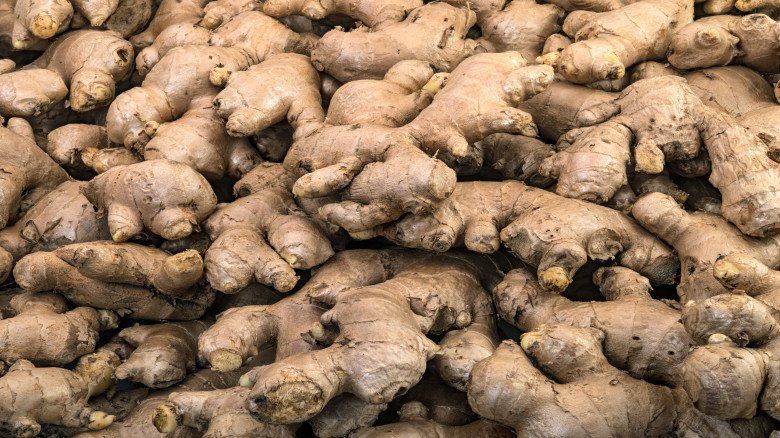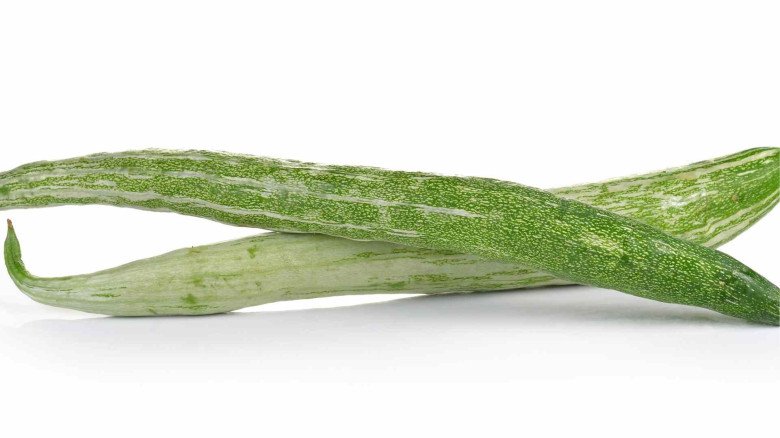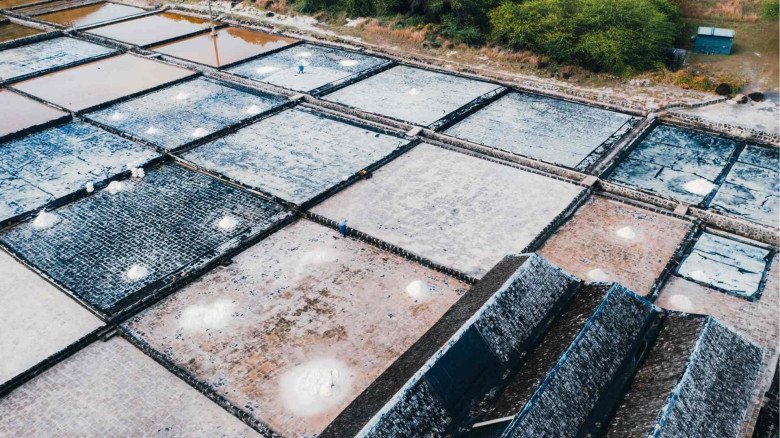Exploring the World of Earthen Clay Products | Tradition and Craftsmanship
Pottery, or items made of earthen clay, has long been an essential component of human culture and civilization. Potters and artists from all over the world are producing a wide range of useful and aesthetically pleasing objects that are a reflection of this age-old craft's cultural, artistic, and practical relevance. This blog explores the diverse realm of earthen clay products, including its historical background, manufacturing method, and lasting appeal in today's world.
An Historical Look
With roots that stretch back to 29,000 BC, pottery is among the earliest known artistic mediums. Early people made tools, storage containers, and ornamental items out of clay, according to archaeological finds. Pottery has been essential to daily life for ages, serving functions such as cooking, storing, and even trading and creative expression.
The Creation of Products from Earthen Clay
The process of making earthen clay goods is a labour-intensive one that goes through numerous phases:
1. Getting Ready for Clay
Choosing the right clay is the first step for artisans; this material might differ in composition, colour, and texture. Next, contaminants are eliminated and the required consistency is reached, readying the clay.
2. Curvature
The required shape is formed out of clay by the potter. A potter's wheel can be used for accuracy and uniformity, or one can perform this task by hand using a variety of methods such coiling, pinching, or slab-building.
3. Desiccating
To get rid of extra moisture, the object needs to be progressively dried after shaping. Depending on the piece's thickness and size, this may take several days.
4. Pulling the trigger
The dry clay piece is fired in a kiln at a high temperature. The clay is permanently changed into a solid and resilient form during this process, which can reach temperatures of over 1,000 degrees Celsius.
5. Mirrors
To give colour and a glossy finish, some pottery is glazed. Minerals and fluxes make up glazes, and in order to fuse the glaze to the clay, the item is burned again.
Variety in Earthen Clay Goods
Products made of earthen clay are available in an amazing variety of shapes and sizes.
Practical Pottery
Everyday use cookware, bowls, cups, vases, and dishes are all included in this category. Functional pottery is beautiful because it is both useful and visually appealing.
Sculptures
A lot of artists work with clay to make figurines, sculptures, and other works of art. The pliable nature of clay enables artists to realise their imaginative ideas.
Tiles for Architecture
Earthen clay is widely used in tiles and architectural features such as bricks and relief panels. These architectural accents have decorative and functional uses.
Artistic Pottery
Decorative pottery has fine craftsmanship and elaborate designs, and is frequently used as art pieces or collectors.
Current Importance
Earthen clay products still have a unique position in a world where mass-produced goods are taking centre stage. These products have a special, handmade quality, organic beauty, and a link to tradition and culture that appeals to both artisan and consumer. They also provide an environmentally beneficial substitute for mass-produced goods because clay is a plentiful and renewable resource.
With their varied forms and rich history, earthen clay goods continue to be priceless gems in today's globe. They stand as evidence to the beauty of utilitarian art, the importance of tradition, and the timeless attraction of well-made objects. These objects, which can be found decorating our houses, gracing our dining tables, or acting as creative expressions, link us to a rich cultural legacy that extends back thousands of years. Earthen clay goods serve as a constant reminder of the worth of the handmade and the craftsmanship of human hands in an era of mass manufacturing.
-logo.webp.png)
.jpg)
-logo.webp.png)

































Leave A Comment